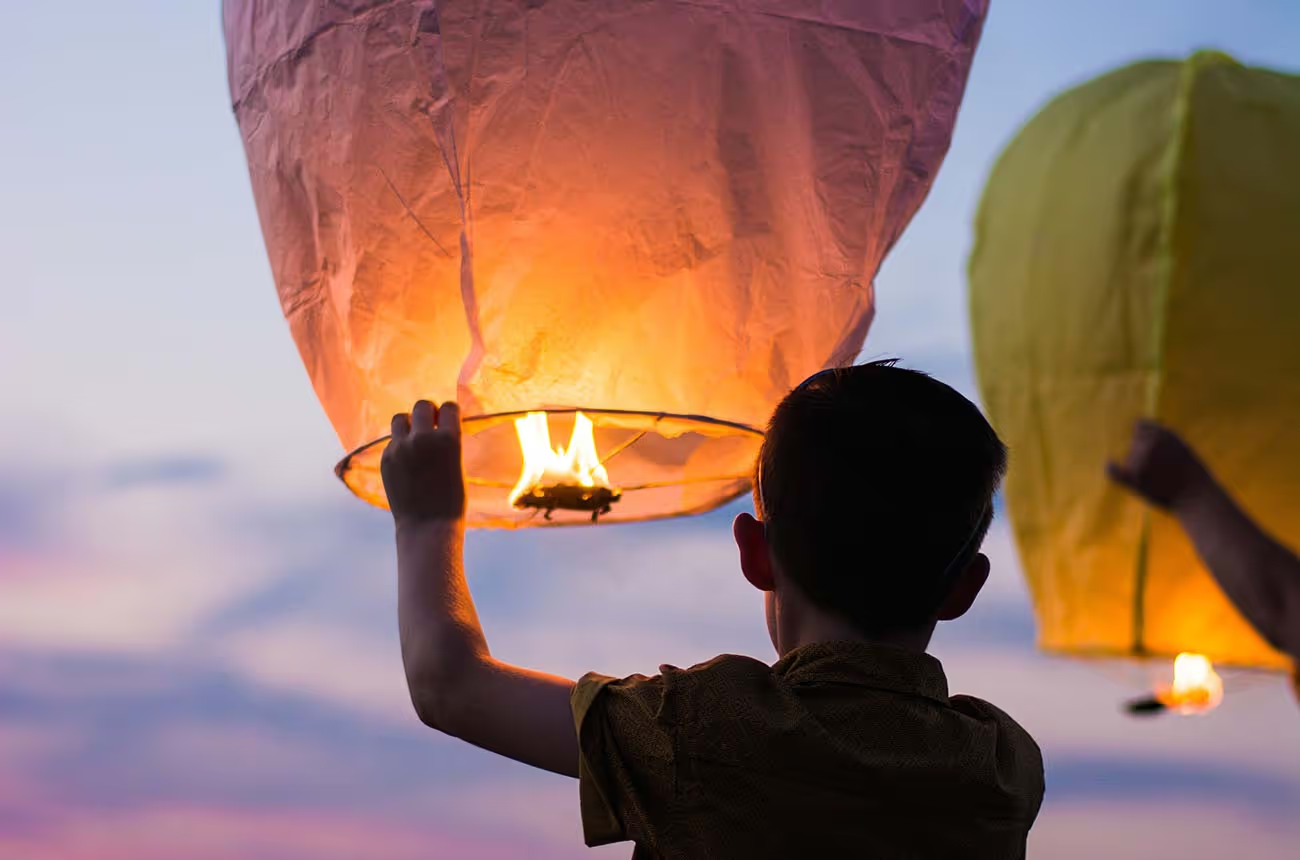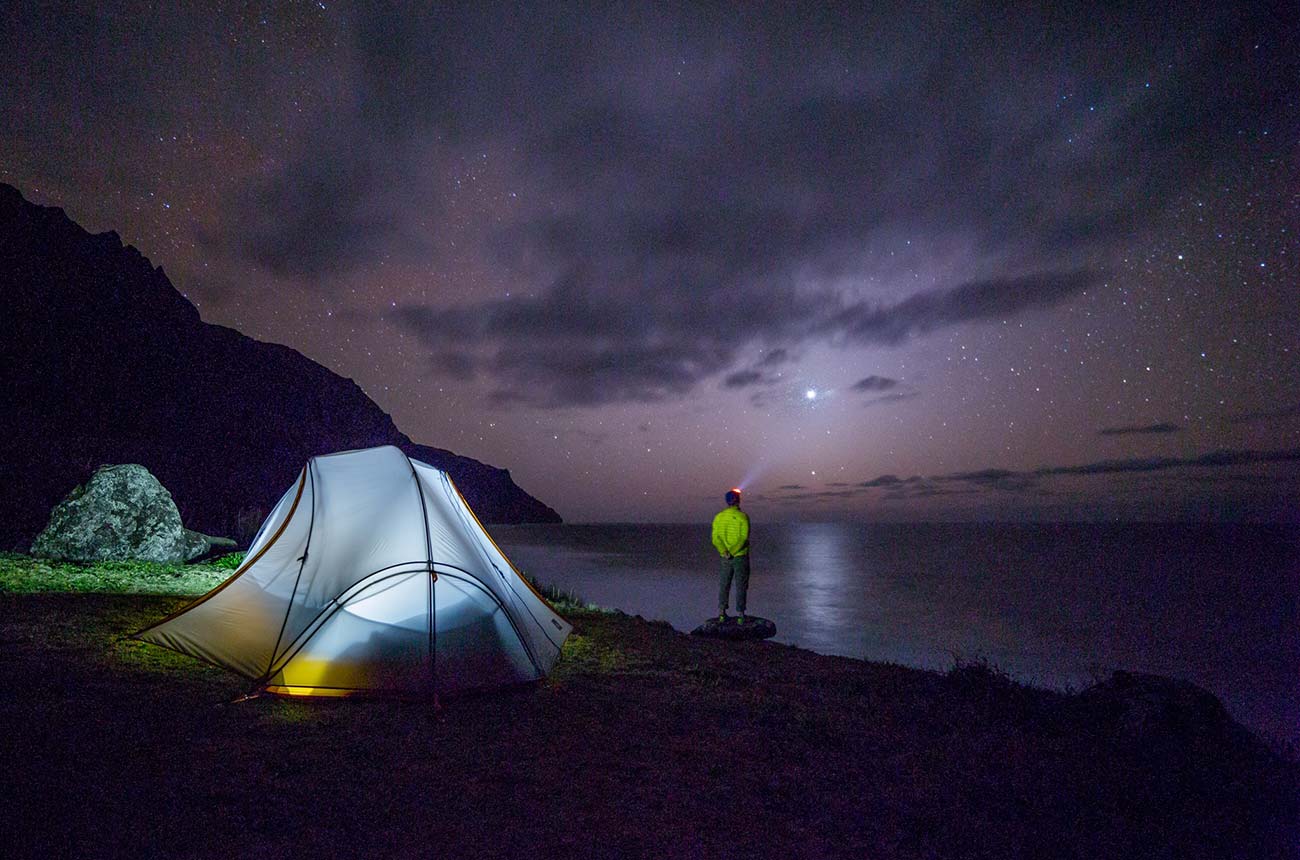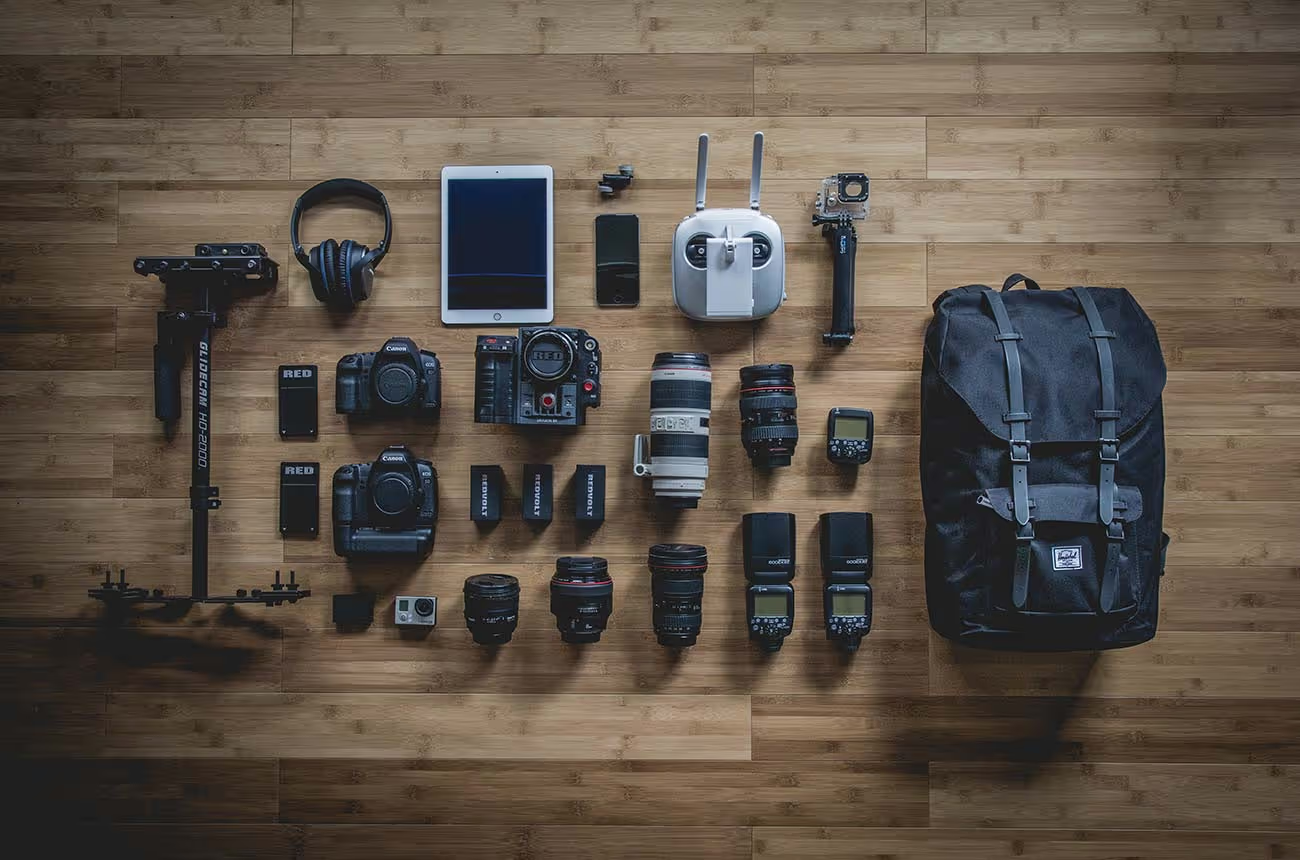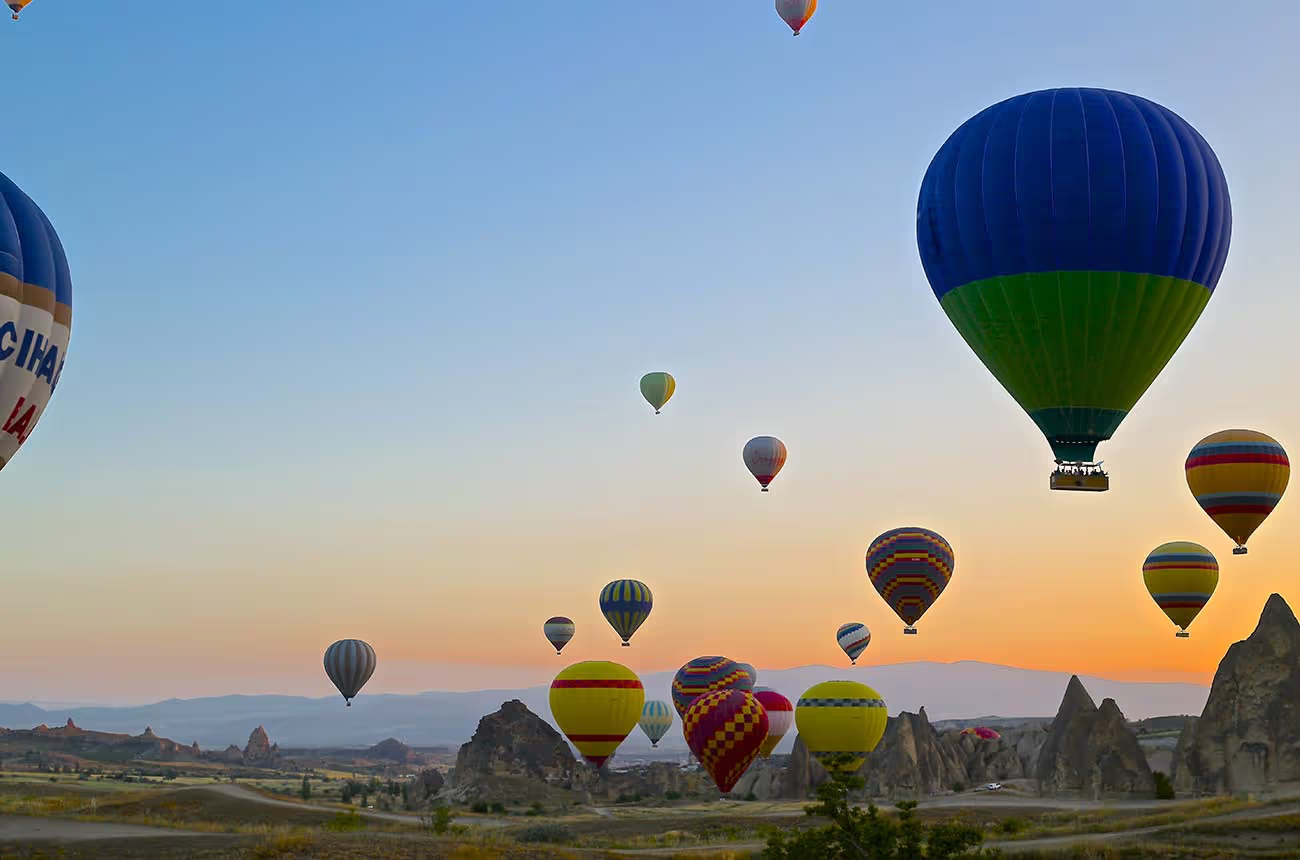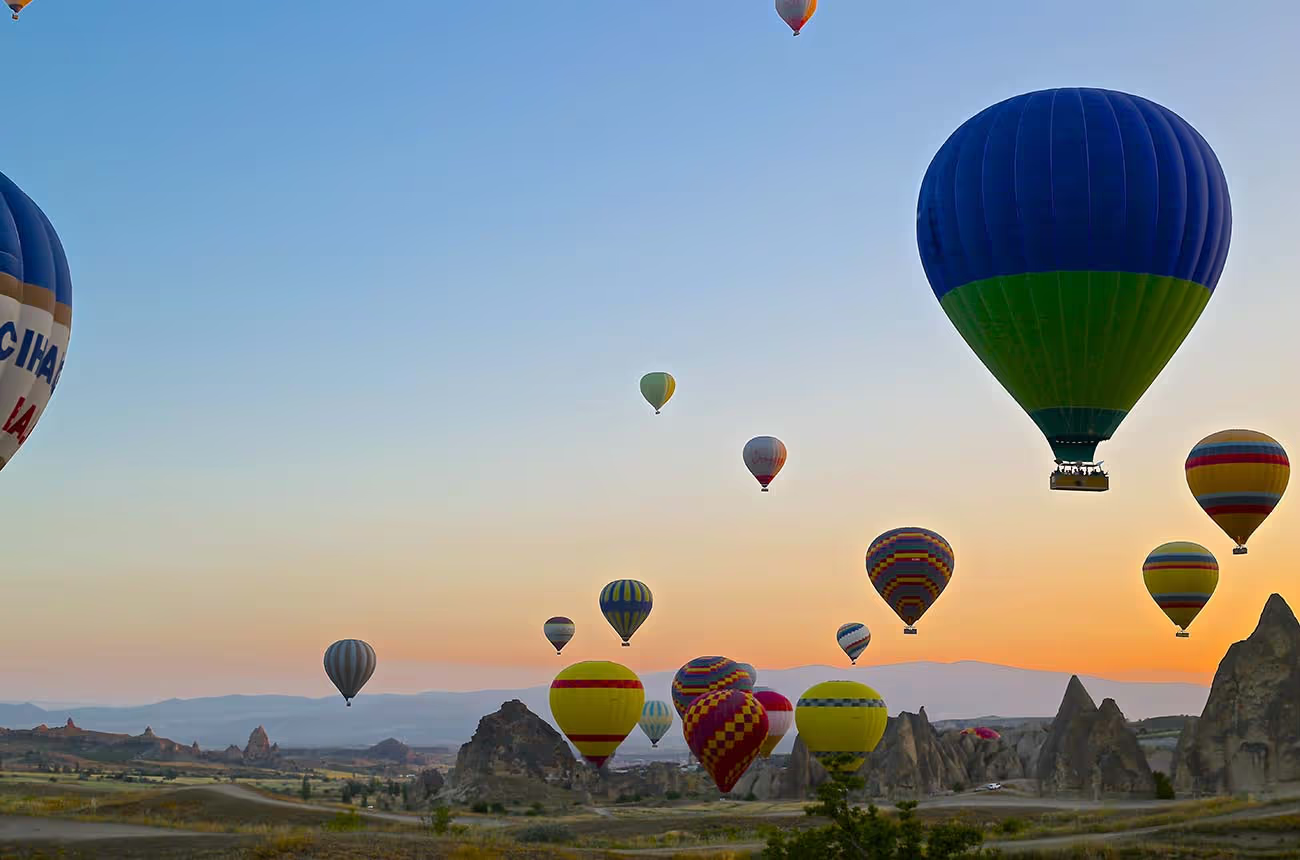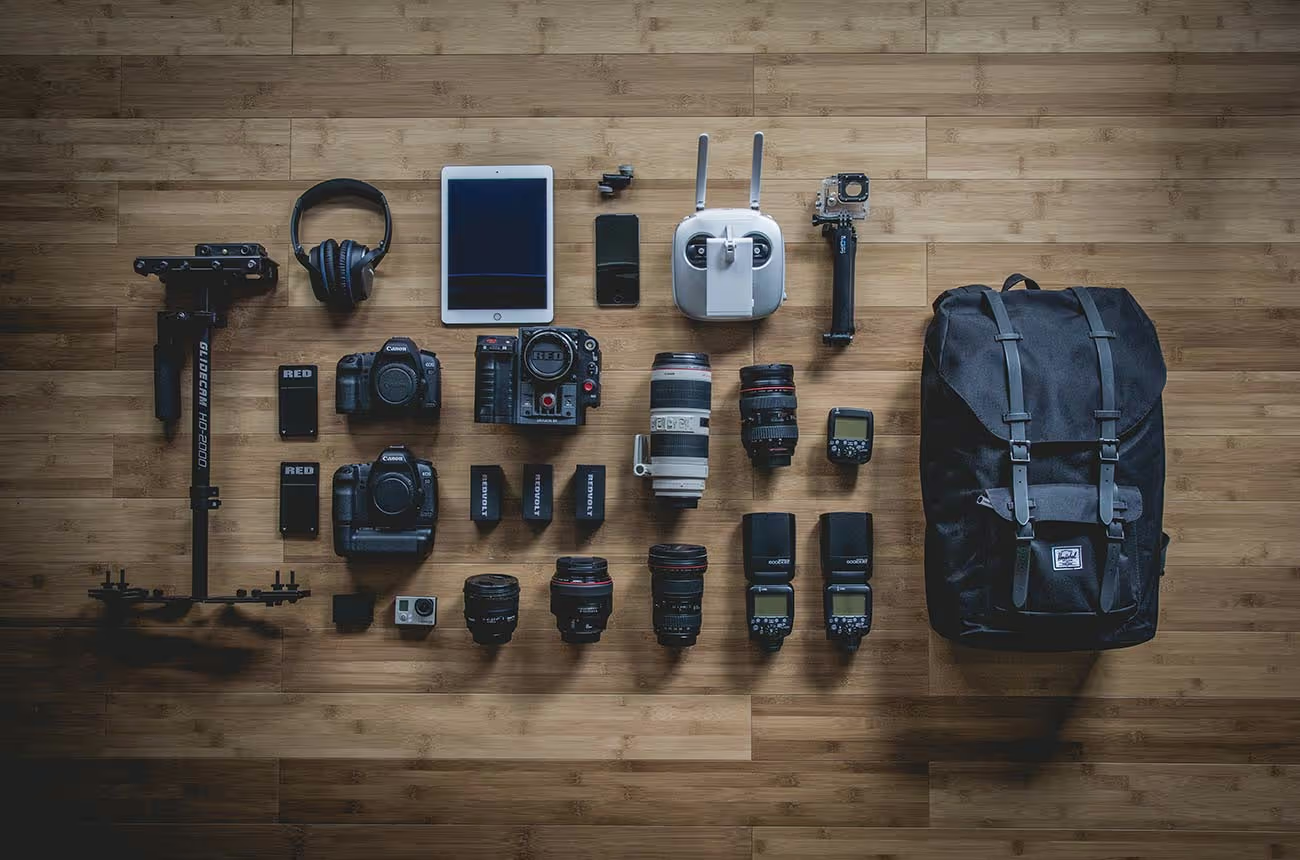
Take Two on Techos' Guild Safety Workshop
In the second of a two-part series on the Techos’ Guild safety workshop, NZTECHO continues the discussion on the unique nature of safety in the NZ film and television industry. By** Jan Sisley.**
In safety workshops held by the Techos’ Guild in Auckland, Wellington, and Queenstown, presenters Alun Bollinger and Willy Heatley led discussions on safety issues in the film and television industry. The Guild’s executive officer Karla Rodgers was the moderator. Similar issues and concerns around safety were raised across all three regions. Working collectively as an industry to find solutions was also a strong thread.
Working on roads or roadside locations was stressed as a major safety issue. It is important to note that the same road rules apply to drivers on a closed road as an open road. An issue was raised about the danger of having actors driving a car on roads while acting. It was considered dangerous to be delivering lines and performing while driving, and alternatives should be considered, such as a closed road, green screen, or a low loader.
Alongside working on roads, working with fire, helicopters, and other aircraft and boats are all government-regulated with rules that cannot be broken. Corners must not be cut in these areas. Operators used must be commercially ticketed to ensure that someone competent is in control. They know the correct safety gear to be used and load capacities of craft if relevant. Only required cast and crew should ever be on air or watercraft. If anything were to happen and operators and vehicles are not correctly licensed, it could be a loophole enabling insurance companies to not pay out. This also applies to crew members’ private vehicles which may be used, for example, to transport props, costumes, or people, and may not be covered by the production's insurance. In Queenstown, there was discussion around helicopters landing people in extreme and remote environments such as glaciers, and the industry needs to work in collaboration with the helicopter companies to develop safer practices. It was also pointed out by a technician that in non-commercial helicopter flights, your personal life insurance may not cover you in an accident, and this is something that should be raised with producers. It is okay to ask for confirmation of a commercially licensed operator and to see documentation of this. It was also raised that pyrotechnics must be operated only by trained and licensed personnel. Production companies need to ask to see their licenses, and, if not, it was suggested, operators need to voluntarily show them. Some special effects machinery, including smoke machines, also requires the supervision of a trained professional. Again, an insurance company can ask for verification of the license, and if it has lapsed, they could have a reason not to pay out in the event of an accident. It should, therefore, be made routine for productions to check all licenses, and to include this in safety plans.
One way to manage risk and ensure safety procedures on set are adhered to is to appoint a safety officer and, if necessary, hire specialists such as stunt coordinators. A safety officer should always be on set for pyrotechnics, stunts, large special effects, and working on roads that may require additional safety precautions. Their value for a production is in the ability to anticipate potential safety issues and formulate solutions which hopefully prevent these problems from occurring. They are detached from the creative side of the work and it should not be directors making safety decisions as they are focused on creating their vision. Safety officers should be on set until the end of the day to cover crew breaking down equipment and sets. There was some discussion around whether engaging a safety officer could be something that productions opt out of, rather than opt in, making the producer responsible for proving they are not needed. Employing one is not practicable or appropriate for every shoot, but there should always be at least one experienced crew member aware of safety issues.
While you can never plan for absolutely everything, productions can plan as much as possible before shooting and look at what they want to do and find a way to do it safely. The key is in planning and preparation and includes holding daily safety meetings. Before shooting, there should be a detailed safety briefing for all crew. It is a great way of ensuring that everyone looks ahead and learns the safety requirements for the shoot. Pre-planning, including risk and hazard assessments and rehearsal of stunts, takes place before the shoot day. Leading up to stunts, there has to be adequate time for rehearsal, a safety briefing, and a dry run to make sure that everyone knows what’s going to happen and what the risks are. Careful planning and prep will save the production time and money as well as pain and heartbreak.
One impact of tighter budgets and smaller crews is that more productions are working without a safety officer. Heatley’s advice to producers was to hire good experienced HODs, and if possible, consult with safety officers for advice prior to a job even if they can’t afford to hire one. An experienced member of the crew should be assigned to act as a safety representative in this instance, and everyone needs to take responsibility for safety issues. It doesn’t matter whether the production is big or small; everyone has to be vigilant about safety whatever the type or scale of the shoot. Bigger, high-budget productions are not necessarily safer and with more on the line may in fact feel greater pressure to cut corners. With small crews on jobs such as documentaries, the locations are often not sighted ahead of the shoot. It is still up to the person in charge to identify hazards and manage risks. People need to be flexible and exercise responsibility and common sense to keep safe, as situations may change on the run. While it is the employer who may be responsible in the event of an accident, it is technicians who are making decisions on set in the moment. Department heads do have a responsibility to protect the crew and should always be available to talk through safety concerns, no matter how small. Each crew member must also take responsibility for themselves and raise a red flag when conditions seem unsafe.
Communication was another crucial aspect of on-set safety. Concerns should be able to be reported anonymously if requested. The Health and Safety at Work Act requires workers to report any known workplace hazards, and crews need to be empowered to talk to the safety officer, producer, or HOD. If there is a problem on set, every single crew member needs to know where to turn. If no safety officer is present, the on-set responsibility rests with the highest-ranking person. The most likely candidate for safety representative is the assistant director. If there is no 1st AD, then this would most likely fall to the individual department heads or the production manager. It was encouraged that crew representatives be nominated so that any issues of concern can be raised with producers. It is important to realize that less experienced members of a crew are less likely to speak up about safety issues, and some crew members may be afraid to raise safety concerns for fear of not getting their next job.
Education is the first line in changing the culture around safety (the last line is in calling ‘stop’ when things are unsafe). There was significant support from attendees for the introduction of a ‘film safe’ card that would address WorkSafe NZ requirements for employee training and be tailored specifically to working on a film set. The Technicians’ Guild is investigating options for the introduction of such a program. It could help limit a production company’s liability if crew had a safety license, which could be added to their CVs. This would help ensure that everyone on set works to best safety practices. Alongside a card, the Guild also suggested the need for a change in culture. For example, when working roadside, crew should demand their hi-vis jackets before starting work rather than waiting to be asked to put one on.
One option is to introduce the film safe card into film school courses. Representatives from film schools at the workshop responded favorably to this idea. It was pointed out that while some film schools teach set safety, the environment of a film school set is very different from a professional set. The suggested ‘film safe’ certification program will help establish standards and practices in film schools that carry forward into professional work. It would raise consciousness about set safety awareness for all crew members.
In addition to introducing a safety card, the Guild is looking at a rewrite of the Safety Code of Practice (SCOP). Discussion on the form this will take will be ongoing with the Guild’s safety committee. SCOP is still the guiding document for the industry in NZ, assisting in determining the best ways to comply with safety obligations. Following SCOP’s recommendations and guidelines does not, however, relieve productions of their obligations under law.
Many important issues were discussed at the workshops. As Heatley suggested, we were left with many questions still to be answered. A key takeaway is that safety is the responsibility of everyone engaged in a production. No matter where you are shooting or at what scale, safety should be at the forefront of concerns and take precedence over expediency or shortcuts. It is easy to take extra risks when filming, usually due to being caught up in the moment, and we need to take a proactive approach, both individually and collectively, to create a culture where unsafe practices are unacceptable and where people can talk openly about safety. It is in the interest of high standards of safety on set for crew members to report anything they feel is unsafe, including excessive hours. This should be welcomed as an indication of professionalism and conscientiousness. Production teams should discuss safety issues before filming begins and take steps to avoid or minimize risks. We all have responsibilities under the Act and should ideally be familiar with how health and safety regulations apply to film and television work environments. In a job where every day and each situation is unique, the importance of safety cannot be emphasized enough.







